Companies buying B2B SaaS solutions are being subscribed to death and by presenting an alternative pricing model approach, you just might accelerate sales cycles and win more deals. In Part 1 of this 3-part series, we’ll share the broad categories of B2B SaaS pricing modelsl, dive deeper into each and provide an approach for selecting your pricing model. Let’s get started…
In the competitive world of B2B SaaS, selecting the right pricing model is a strategic decision. It’s like finding the missing piece of the puzzle – the one that unlocks sustainable growth and propels your business forward. But with a multitude of options at your disposal, navigating this pricing landscape can feel daunting.
As you consider B2B SaaS pricing models, know it’s not a one-size-fits-all-all and A/B testing different pricing models is crucial to finding the optimal fit for your business. Don’t be afraid to experiment and refine your approach to achieve maximum impact!
Let’s start by delving into the intricacies of each model, highlighting its advantages, potential drawbacks, and ideal customer base.
Demystifying the B2B SaaS Pricing Landscape:
- Per-User Pricing: Simplicity reigns supreme with this model. You charge a fixed fee per user who accesses your platform. This transparent approach scales effortlessly with your customer’s team size and caters to budget-conscious buyers. However, it might undercharge high-value power users and limit revenue from smaller teams.
- Ideal for: Small & Medium Businesses, Teams with a Defined User Base.
- Can be combined with: Tiered Pricing (offer different feature sets at varying user tiers) or Active User Pricing (charge only for users who actively engage).
- Freemium Pricing: This model leverages a free, basic version with limited features to attract a large user base. It acts as a gateway, fostering product adoption and creating opportunities to upsell premium plans with advanced functionalities. While the low barrier to entry is a magnet, converting free users to paying customers can be a challenge. Additionally, free plan features might cannibalize sales of paid plans.
- Ideal for: Businesses with Mass Appeal Features, Early-Stage Startups seeking user acquisition.
- Can be combined with: Feature-Based Pricing (charge extra for specific premium features)
- Flat-Rate Pricing: Keep it simple with a single price for access to all features. This model is easy to manage and provides a predictable revenue stream. However, it limits customization and might not capture the full value proposition from high-usage customers.
- Ideal for: Simple Products with Straightforward Value Propositions, Niche Markets.
- Can be combined with: Add-on Pricing (offer additional features for an extra cost).
We’ll continue to explore the remaining B2B SaaS pricing models (Usage-Based, Tiered, Per-Active-User, Per-Feature) in the following articles, providing valuable insights to empower you to choose the winning pricing strategy for your B2B SaaS business.
| Core Pricing Model | Description | Pros for Business | Cons for Business | Ideal Customer | Commonly Combined With |
| Per-User | Charge based on the number of users accessing the platform. | Simple to understand, scales with customer growth, attracts budget-conscious buyers. | May undercharge high-value users, limits revenue from smaller teams. | Small & Medium Businesses, Teams with Defined User Base | Tiered Pricing, Active User Pricing |
| Freemium | Offer a basic version for free, with premium features requiring paid subscriptions. | Low barrier to entry, attracts large user base, upsells premium features. | Can be challenging to convert free users, may cannibalize paid plans. | Businesses with Mass Appeal Features, Early-Stage Startups | Feature-Based Pricing |
| Flat-Rate | Charge a single price for access to all features. | Easy to manage, predictable revenue stream. | Limits customization, may not capture value from high-usage customers. | Simple Products with Straightforward Value Proposition, Niche Markets | Add-on Pricing |
| Usage-Based | Charge based on specific actions or resource consumption within the platform. | Flexible pricing aligns with customer usage, avoids overpaying for unused features. | Complex setup, requires clear usage metrics, may discourage high-volume users. | High-Volume Users, Businesses with Variable Usage Patterns | Per-User Pricing |
| Tiered Pricing | Offer multiple pricing tiers with increasing features at higher price points. | Caters to diverse customer needs, maximizes revenue potential. | Can be confusing for buyers, requires clear differentiation between tiers. | Businesses with Scalable Feature Sets, Growing Customer Segments | Per-User Pricing, Feature-Based Pricing |









